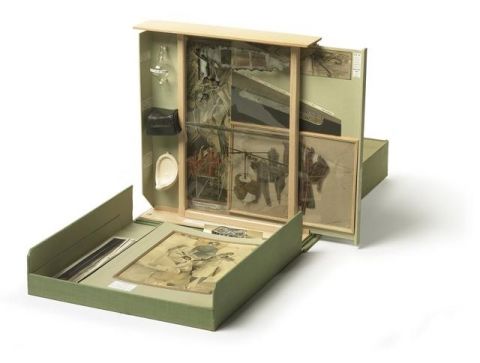Week 13: 10th – 16th December
Teaching is over for this year and campus is noticably quieter. I’m feeling the pressure to shut down for the winter, but luckily I booked on a couple of training courses this week, giving me the motivation to keep going. The courses in question were ‘Working with research articles’ and ‘Summarising your research for an audience’.
Working with research articles
The first of these aimed to save time finding the necessary information from journals by outlining typical structures within research articles, thereby allowing the reader to determine whether the article is of use without having to read it all first. This also helps with writing articles according to journal specifications. More information on reading and writing research articles can be found here.
The session also covered journal ratings, using number of citations as a measure of distinction, and although I’m not entirely convinced about these methods, it seems like a useful starting point. There was information on writing summaries of articles, by translating the information consisely into your own words, as well as adding critiques, to create arguments within the text.
Summarising your research for an audience
After learning how to summarise other peoples writing, it was on to our own. This is something I‘ve always found particularly difficult. When people ask me what the focus of my research is I usually say ‘Artist Books as Ritual Objects’. However, that results in needing to define what an artist book is (not an easy task), as well as what I mean by ritual, and then how these two things fit together within the context of my practice.
This means that, while it sounds interesting, it’s difficult for people to really understand what I do. This is also not helped by the fact that I’m still pretty much figuring it out myself. After looking at a couple of examples of research summaries and determining what we understood from them, we applied this to our own topics with the aid of a few simple questions.
Sticky ideas
The trainer used the concept of sticky ideas from the book Made to Stick by the Heath Brothers. This was broken down into six main points along with corresponding questions. The points are as follows:
Simple: What is the core message? Is it compact?
Unexpected: What will surprise and interest your audience?
Concrete: Do you describe concrete actions or abstract concepts?
Credible: Do you describe convincing detail, understandable statistics and powerful examples of previous experience?
Emotional: Can people relate to it? How can you make them care?
Story: Can you inspire people? Can your story be used as a teaching tool?
By working through each of these, I went from talking about my work as artist books and ritual objects, to describing it as looking at the effect of the work of art on the audience. Essentially these are the same thing, but they start from a premise of understanding the purpose of the research, which is more useful for people who may not work in your field.
Artist Books
It’s been a while since I’ve been back to Special Collections, but I’d made contact with one of the librarians to discuss access to the artist book collection, and the holiday lull seemed a perfect time to follow that up. Given that Leeds has a growing collection of artist books and concrete poetry publications, it seemed vital to use these as primary research sources, both to make full use of the archive available to me, whilst also promoting the collection to a wider audience.
Speaking to the librarian was a fantastic opportunity to find out specific details of the items within the collection and he brought a number of items down to show me, one of which was a copy of Marcel Duchamp’s ‘Box in a Valise’. To say I was a little bit starstruck was an understatement, and I started to understand a little bit more about what the teacher from the ‘Using archives to teach’ lecture (from week 7) was talking about when he described his students reactions to handling Shakespeare’s first folio.

